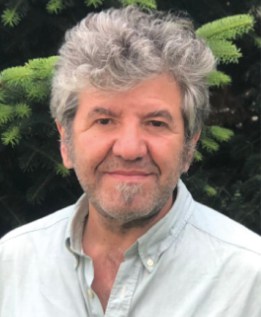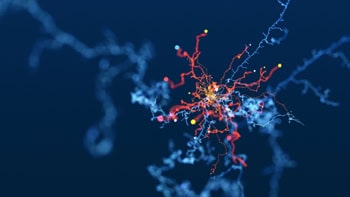Available to watch now, IUVSTA in partnership with Hiden Analytical, explores the latest vacuum technology used in the analysis of clusters and nanoparticles
Want to learn more on this subject?

Cosmic dust grains are believed to play an essential role in the emergency of chemical complexity in the universe. In particular, it may catalyze new chemical reactions with the circumstellar and interstellar gasses and therefore, dust-grain surfaces may contribute to the synthesis of the large variety of molecular species found in the interstellar medium. Albeit its importance, much remains unknown on the cosmic-dust formation processes, and high- and ultra-high-vacuum technologies may provide an excellent workbench for these studies.
In this webinar, we present the STARDUST machine, an innovative experimental station devoted to the engineering, production, manipulation, processing and in situ analysis of a wide variety of clusters and nanoparticles, particularly designed to mimic the travel of cosmic-dust seeds from their formation towards the interstellar medium. Its original design offers unique possibilities for nanoparticle growth with high throughput and controlled size and elemental composition. These highly controlled nanoparticles can also be used in other fields, like catalysis or medicine.
Want to learn more on this subject?

Jose A Martín Gago, research professor at ICMM-CSIC from 2012, obtained a PhD in physics funded by ESRF, Grenoble. He held a post-doctoral fellowship at synchrotron LURE-CNRS. Orsay, France, with a Marie-Curie fellowship. For six months during 2020–2021, he was invited professor at FZU-mobility program at the Institute of Physics of the Czech Academy of Sciences.
Jose is a member of important international scientific committees, such as the program scientific board of the large installation facilities: ESRF (Grenoble), ELETTRA (Italy) and ALBA (Barcelona). From 2010, he has been the Spanish representative in the executive council of the International union of vacuum science and technique and applications (IUVSTA). Jose also leads the ESISNA group (Interdisciplinary studies based on nanoscopic systems).





